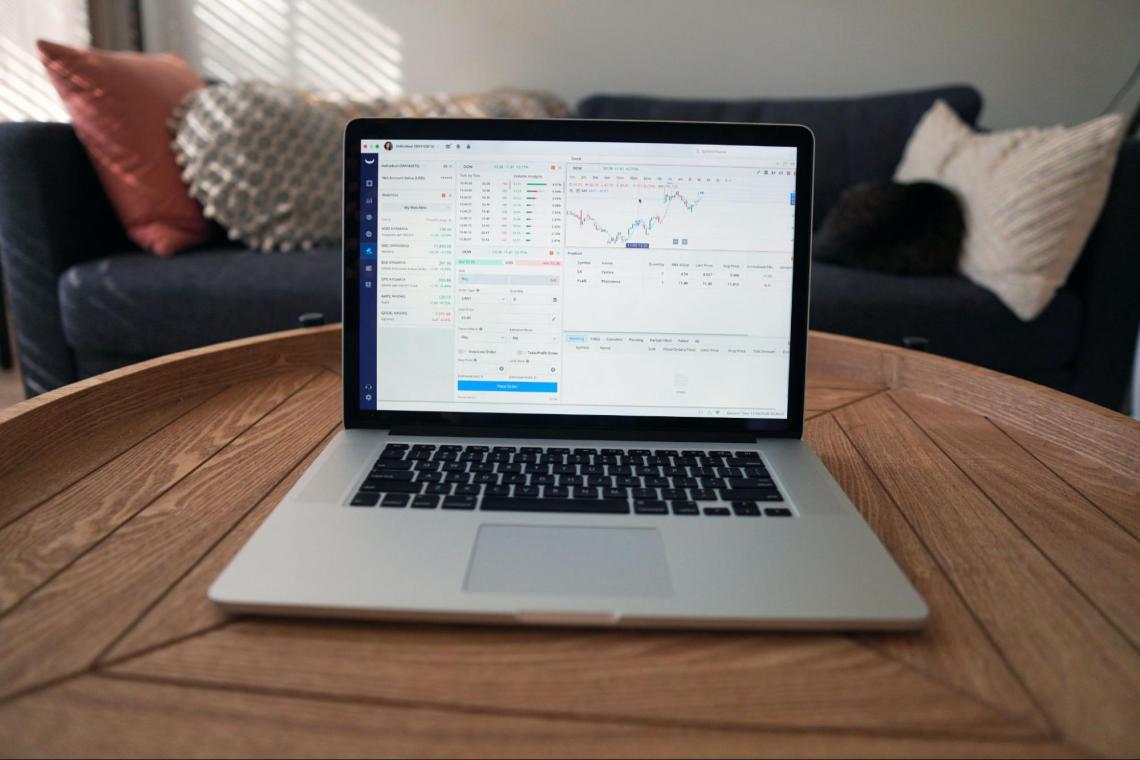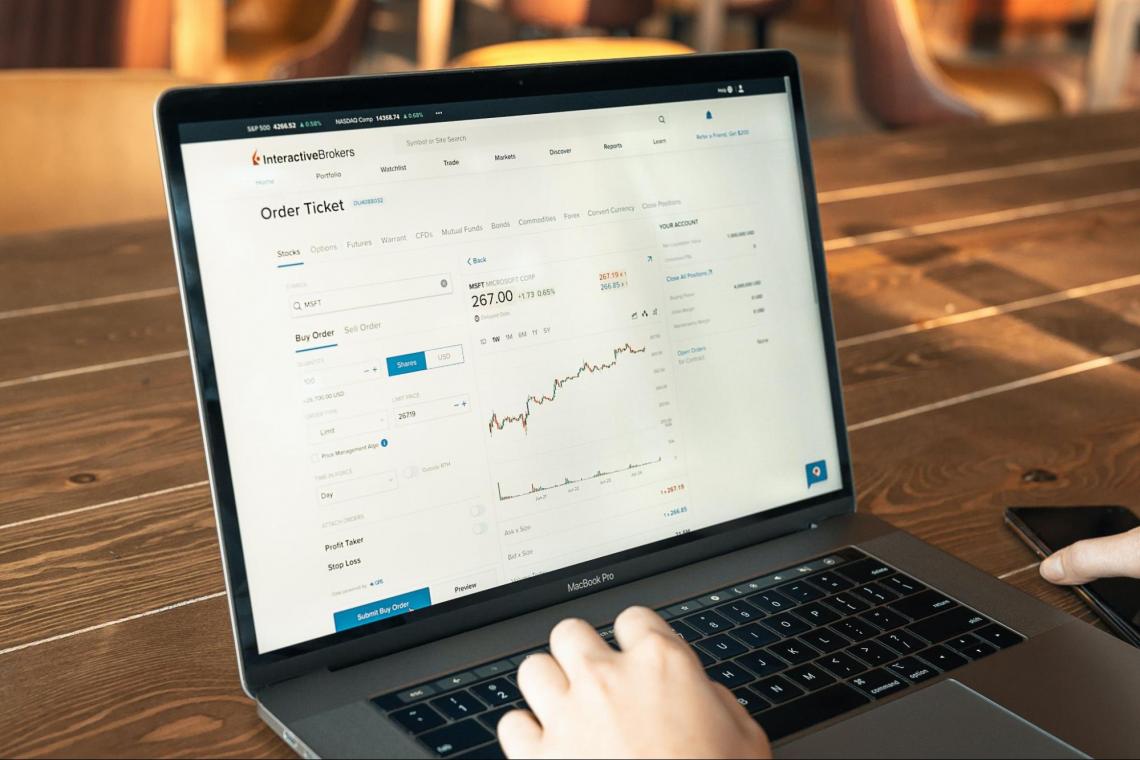LEAPS
These are publicly traded long-dated option contracts with an expiration date over one year away.
A LEAP stands for long-term expiration anticipation securities. These are publicly traded long-dated option contracts with an expiration date over one year away.

These option contracts are no different than any other contracts. The only part that is different on these is the long-dated expiration. The dates so far out help investors and traders take advantage of all the price movement.
These contracts tend to be more expensive than others. However, they inherently introduce less risk because they have more time to trend above the determined strike price. This is good and bad; since they are more expensive, you may not be able to buy as many, but less risk is better.
Although there may be more time on the contracts, which makes them less risky because they have more time to rebound in case of a pullback, one should always trade these with a strategy in mind. This is because they allow investors to risk less capital while taking advantage of rising stock prices.
Also, because the price of these contracts is expensive and the expirations are dated far out, this, in combination, means that the investor's funds will be tied up for a while if they decide to hold the contracts for a long time.
There are different types of long-dated options, just like regular option contracts. For example, you can place long-term calls and puts. You can also use these log-dated options on stocks, ETFs, and indices.
There are many things that long-dated options can be used for. For example, they can be used for heading, diversification, and stock alternative. These can help investors save money, reduce risk, and diversify their portfolios.
There are some disadvantages to using leaps as well. These include an investor's capital is tied up, expensive premiums, and a certain stock or industry that might have adverse conditions that could hurt the profitability of the contract.
What types of LEAP options are there?
There are mainly two types of long-dated options that investors use. These are called calls and puts. Calls are used to profit if a stock price goes up, and puts are used to profit if a stock price goes down.

Calls:
- Calls are contracts that an investor buys, allowing an investor to profit from those shares as if they owned them.
- This is a way for investors to profit on shares they do not own through a cash payment called premiums.
- If the stock price rises above the stock price before the expiration date, then the investor makes money on their long-dated option contract.
- Long-term call options are exercised the same way short-term options are.
- For example, if an investor buys an option contract when the stock ABC price is $95.00, and the strike price is $100.00, then the stock price needs to go past $100.00 for the investor to start making a profit.

Puts:
- Long-dated options can provide investors with a hedge against their long share positions. Puts options increase in value the further a stock price declines past the contract-determined strike price.
- Investment banks use this strategy to hedge against the downside of an underlying stock when it has its initial public offering.
- Investors can also use puts to open a short position on a stock if they believe a certain stock or index will decline for a long period.
- An example of when an investor may want to do this is when the Federal Reserve announced in December of 2021 that they would be raising interest rates throughout 2022.
- Since it is known that most growth stocks decline as interest increases, they could have opened a short position to hedge against the positions that they planned to hold. They could have also sold their shares and opened short positions on those stocks.
Why do investors use it?
Investors can use leap options to make money on the downside or upside of stocks over a long period. This will allow them to profit from all the price actions during that period.
Investors can use these long-dated options to take advantage of rising prices during a bull market, but they can also take advantage of declining prices in a bear market. In addition, they can use put options to hedge against their long-term holding positions.

Long-dated options also allow investors to act like they own the underlying stock's shares. However, since they do not outright own the shares, they risk losing their investment (premium) if the stock stays above the strike in the given period.
Also, long-term options allow investors to profit as if they owned one-hundred shares of an underlying stock as if they did own the shares outright. Furthermore, option contract prices move more violently, which means they move more to the upside and downside.
Using leap options on indices may be more beneficial to investors if they want to go short or go long on overall market conditions. It will allow you to hedge your positions that may be in indices that are based on the overall stock market.
What are the advantages?
Some advantages of far-dated options are that there is less risk involved since there is more time for the price to recover if the stock price falls after you buy a call or rises after purchasing a put.
As an investor who uses long-dated options, you can avoid taking on the long-term risk of shares. For example, an investor can buy long-dated contracts if they believe the stock will rise for a few weeks or months, but once they exercise it, it's over, and they profit.

The long-dated options also have slower time decay compared to closer-dated option contracts; this will allow you more time to exercise on those shares before theta starts to kick in. They also allow you to control more shares than you could buy with limited capital.
Far-dated options allow you to hedge against current positions that may be falling, and this is a great tool to use in a bear market. Doing this will enable you to make money while the stock price is falling, and it can generate more capital to buy more shares at a lower price.
LEAPs can also help you diversify your portfolio if you own shares of a company, and you may need more capital to buy many more shares. Instead, you could buy a long-dated contract that would act as if you owned those shares.
What are the disadvantages?
Some disadvantages of long-dated option contracts are that the premiums are much more expensive than close-dated options. Although, most of the time, far-dated options are still cheaper than outright buying one-hundred shares.

Another disadvantage is that the capital used to buy the contracts is potentially tied up for a while if the price does not make a big move to the desired profit target in a short period.
Calculating the cost and risk of a long-dated options trade can be complicated and time-consuming for an average retail investor. This could cause a retail investor to make the wrong decision to buy a LEAP.
The risk is also greater because of the limited life span of a contract. Although you risk less capital than you would if buying shares, you can hold shares forever until the stock price rises above the average cost basis. You cannot do that with options.
Another downside to far-dated options is that the contract price is more likely sensitive to large economic events and interest rates. This can be good and bad, but if the stock price moves against the desired trend, it can be very harmful.
Real-world examples:
Retail and institutional investors use LEAPs. They can use them to make a return over a long period to the up or downside. However, they can also use them to hedge their positions, whether going long, shorting the market or a specific equity.

Example A: Using call options to substitute shares
Suppose an investor has capital tied up in other assets and needs more money to buy a significant share to make a considerable profit. In that case, they may consider purchasing a long-dated contract.
If stock XYZ is trading at $151.00 and they do not have the capital to buy one-hundred shares, which would be $15,100.00, they could buy a call option with a strike price of 300 for $8,997.00. This will allow them to act as if they owned those shares for a year.
If the stock price rises above the predetermined strike price, the investor will make money on the contract he bought. Although, if the stock price does not cross the strike, he will lose money.

It is always important to remember that the largest amount of risk that you inherit when buying an options contract is the amount of money that you paid for it (premium). So, if you buy a contract and notice that you might have made a mistake, it would be good to sell it.
Example B: Using put options to hedge against falling stock prices
Suppose an investor has two-hundred shares of stock XYZ, and the stock price is falling below the average cost basis of those shares, and the investor wants to try and find a way to hedge his position while it is declining in value.
An investor could buy options to offset the losses incurred if he sold those shares. Although, if the investor plans to hold those shares for a long period, they could use the profits from exercising the puts and feed them into more shares.
What are the risks of these, and how to measure their risk?
Long-term expiration anticipation securities are just like shorter-term option contracts; the better contracts you buy, the better result you will likely have. This is because in-the-money (ITM) contracts have intrinsic value, and out-of-the-money (OTM) contracts do not.

This means that the contracts you buy are in the money, and the strike price is lower than the current price of shares. But, on the other hand, if you buy out of the money contracts, you know that the strike price is above the current market price of the shares.
As stated, buying ITM contracts has higher premiums, so that you will risk more money. However, they are worth more than the OTM contracts as soon as you purchase them because they are not worthless. This means that the OTM contracts are considered riskier.
Buying ITM contracts can be riskier because they are more expensive, and the prices of those contracts are also more volatile. On the other hand, OTM contracts are inexpensive, but they are also more likely to expire worthless at the expiration date.
Investing and trading are all about managing and minimizing the risk it takes to make a profit. This is especially important when dealing with options, as the prices of the contracts can be very volatile.
Conclusion
LEAPs are option contracts that can replace the desired amount of shares that an investor would buy. These contracts are normally close to or a year from expiration.

Long-dated options can be used for many things that can benefit an investor, such as going long on positions when you don't have enough capital for shares, shorting a company over a long period, and hedging your portfolio.
Some advantages of long-dated contracts are that it can take less capital to buy the contracts than it might take to purchase the shares. In addition, there is plenty of time for the stock price to recover if it declines, compared to a short-dated option contract, and they are great for hedging your portfolio.
Some disadvantages to note are that the contracts still be quite expensive, and you need more time to let the price recover if it falls close to the expiration date. Also, with far-dated contracts, you may have required capital that will be tied up for a long time.
You can use long and shorting strategies for LEAP options, although you will want to be convinced that the stock price will move in your favor. Nevertheless, these contracts are great ways to protect your portfolios and generate cash to invest in more shares in the long haul.
Researched and authored by Adam Bridges | LinkedIn
Reviewed and Edited by Raghav Dharmarajan
Free Resources
To continue learning and advancing your career, check out these additional helpful WSO resources:




or Want to Sign up with your social account?